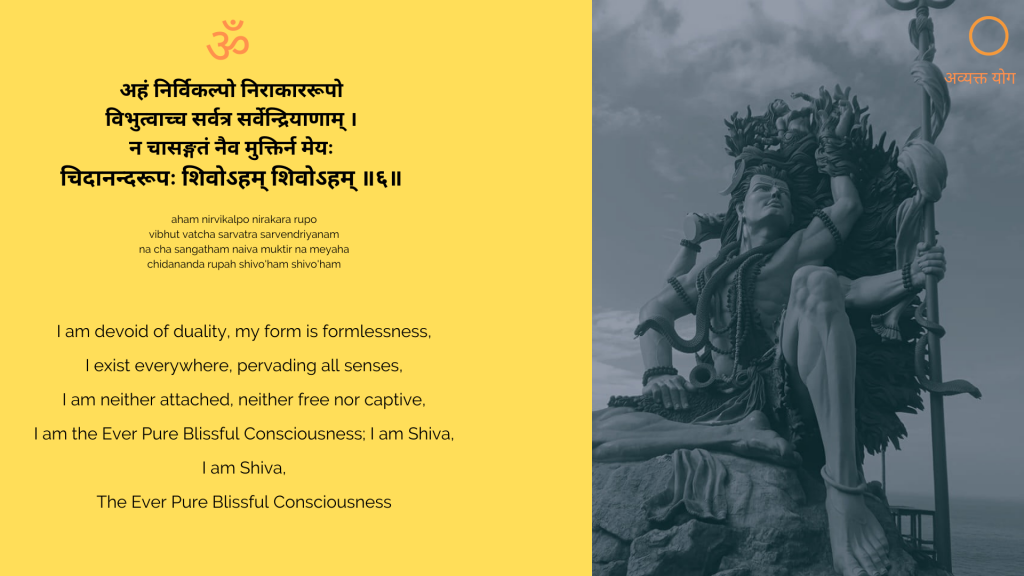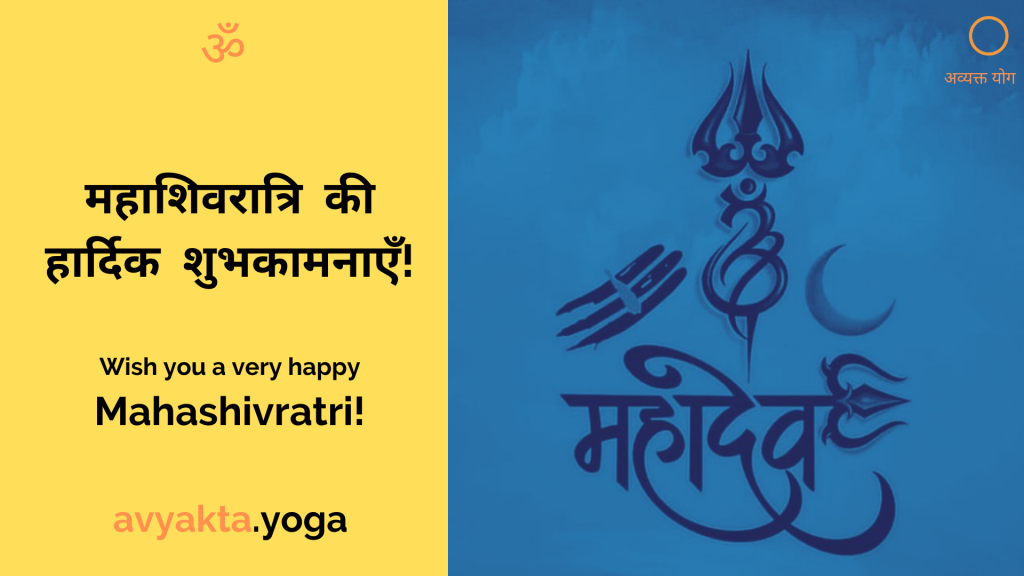Only the most painful circumstances yield the most intense prayers.
The uncertainty that lies in front of us makes us appeal to the higher consciousness with all our heart. And when we are heard, and the problem is alleviated, we thank him and move on. In between this problem and the next lie a lot of aartis, agarbattis and pujas, but seldom true devotion.
Maybe this is why our ancestors built in so many instances of prayer and celebration in our lives. Sanatana dharma is one long festival, a celebration of life and its quirks, of birth, living and death, and everything in between. This concept of working hard and weekend partying is a very recent phenomenon, ancient India worked hard and celebrated harder. And in spite of all that time spent in celebration, we managed to contribute one fourth of the world’s GDP. Enter the British with their ‘disciplined’ lifestyle and we now are at 3.3% of world GDP. Hmmm…
Anyways, today we celebrate Shiva – the most loved and most fearful deva, depending on which side of the fence you sit on. Shiva was worshipped by Sri Rama as well as Sri Ravana, and he loved them both. The beauty of Shiva lies not in what is perceived, but what is not. And to not perceive is to accept everything thrown at you – bouquets, brickbats et al.
Yesterday I spoke about renunciation. Today is a continuation of that article, finished beautifully with a rendition of Shiva Tandava Stotram that is a refreshing departure from the rock version that has dominated the narrative in the past few years.
Hara Hara Mahadeva!
Part 2
Contrast this with the general perception that one has to renounce the world, and material objects…it sounds escapist, or born out of some sort of controlling mechanism…not out of realisation of the true nature of the world.
Even science is just beginning to discover that reality is not what they thought it is. In fact, the more they prod, the more confusing (or clear) it gets. Newton, to Einstein, from gravity to relativity, and then to quantum physics…the nature of the understanding of reality has undergone drastic changes.
Noted Quantum physicist Carlo Rovelli says that the world is not made up of fields and particles, but of a single quantum field. The world is strange, but simple.
He further goes on to say that reality is now reduced to interactions – it is only in interactions that nature draws the world. which means, there is no “thing”, no object – the atoms of our body flow in and away from us, and we are all processes, for a brief time monotonous…
In simple English…the chair we sit on, to the computer that I type on, to myself – all exit only when perceived. If not perceived, we all don’t exist.
Sounds familiar?
Purusha – the consciousness, and Prakriti – the material world – the concept of dualism in Sanatana Dharma. Shristi – or existence, only comes into being when the inert Purusha interacts with Prakriti. Symbolically, when the eyes of Shiva open. When closed, he is in the ultimate meditative state – and the world does not exist.
It took science a hell lot of time to arrive at a conclusion that we knew thousands of years ago.
तम आसीत्तमसा गूळ्हमग्रेऽप्रकेतं सलिलं सर्वमा इदम् । तुच्छ्येनाभ्वपिहितं यदासीत्तपसस्तन्महिनाजायतैकम् ॥
Rig Veda
In the beginning, it was densest darkness spread all over like inconceivable ocean without symptom. Nothing existed all around except deepest darkness. The meditation of the Creator culminated in the evolving of the galactic bodies and the sky, stars, sun, moon, earth and the rest, and it all came into existence.
Sounds quite like the Big Bang yes?
A rationalist may say – all this is hogwash. I don’t believe this Shiva. I only believe what I see.
Well, do you?
Incognito, a book written by noted author David Eagleman goes into detail on the functioning of our brain. The book is an excellent read, but one section stood out. It spoke about the process of vision. As you know, the eyes don’t see, much like a camera lens doesn’t see. The brain ‘sees’, or rather interprets signals it gets and transmits meaningful information back to us so that we can ‘see’.
But here is what is interesting. When measuring the signals that went back and forth, from the eyes to the brain, they found that only 20 percent of the neural pathways from the eyes travel to the primary visual cortex; 80 percent come from other areas of the brain, such as those in charge of memory.
In other words, sensory information is not transmitted to the brain; it comes from it.
We don’t perceive what is out there. We perceive what our brain tells us.
It takes in various inputs from our five senses, and then stitches together a story for us to make sense of the world. We see a film, played back with a slight delay.
So what has all this to do with Shiva, and Shivratri?
Not much really. Only that the very nature of reality as we know it…is unknown.
And so the process of sādhanā on Mahashivratri is to try to go beyond what we think we see, and what we think we know, and to catch a glimpse of the core of the oneness of our existence.
We do this at night, because Mahashivratri is about fasting during the day – to symbolize controlling our senses, and hence externalization (Rajas) , and staying awake during the night – to symbolize the overcoming of sleep (Tamas) , and hence the unconscious levels of our personality.
Together, we aim to overcome the conscious, and the unconscious, and hence get in touch with the superconscious.
And so, don’t give up anything this Shivratri. Rather, immerse yourself in existence, for it is all a part of you, and you a part of it.
As for the claim that “merely keeping your spine erect will lead to tremendous possibilities”, well, in that case, all call-centre agents who work during Shivratri would have been realized beings by now, no?
या निशा सर्वभूतानां तस्यां जागर्ति संयमी ।
यस्यां जाग्रति भूतानि सा निशा पश्यतो मुनेः ॥ ६९ ॥
Bhagavad Gita 2.29
yā niśā sarva-bhūtānāṁ
tasyāṁ jāgarti saṁyamī
yasyāṁ jāgrati bhūtāni
sā niśā paśyato muneḥ
What is night for all beings is the time of awakening for the self-controlled; and the time of awakening for all beings is night for the introspective sage.
Wish you a very happy Shivratri!








